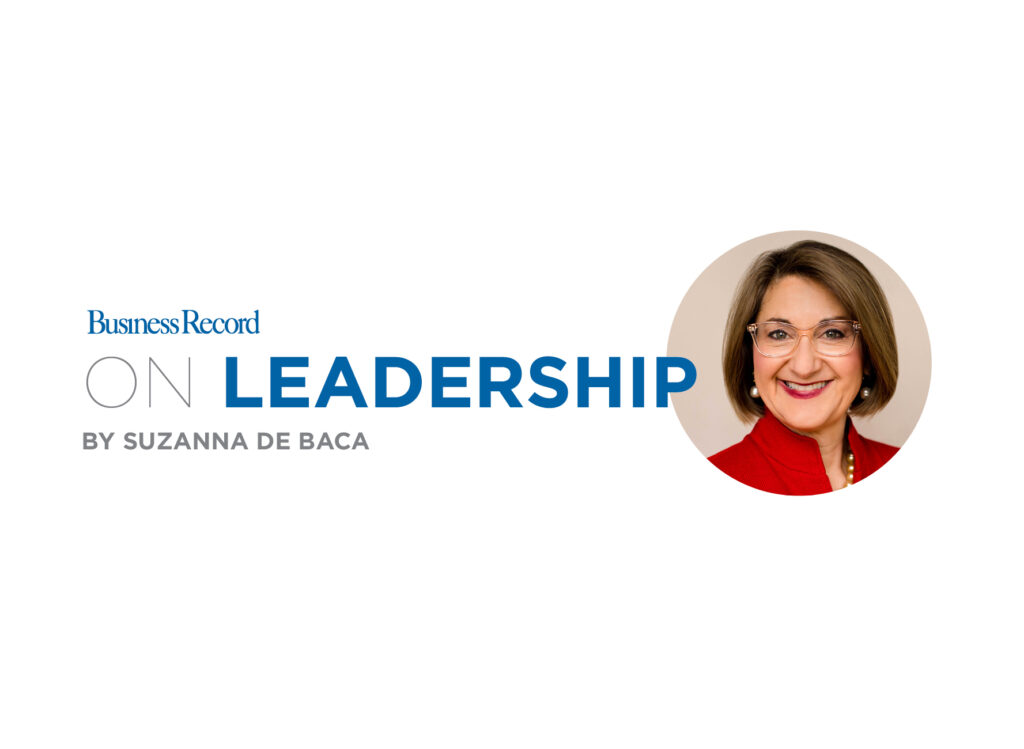OUR VIEW: Bring on the football spending

The Christmas shopping season is the next big key to economic recovery, but let’s not rush to get there. First, we’ll stimulate the economy by proving that Americans are still happy to spend lavishly on their love for football.
America has started its annual gridiron celebration, and for the vast majority of us, the season has nothing to do with catching a pass or throwing a block. It’s all about buying tickets, driving to games – or flying across the country to get there – staging tailgate parties, outfitting ourselves in new clothes featuring team logos, knocking back beer and generally spending to the extreme.
The owners of football-town restaurants, gas stations and hotels all across the nation must have been excited to see the calendar turn to September.
Economists will tell you that a professional sports franchise is not a huge factor in a city’s economy. Intercollegiate athletics are a fairly big deal in a town the size of Iowa City or Ames, however. Even better, the taxpayers don’t have to bow down to a team owner who wants a better deal or a newer stadium.
Consumers might be more likely to buy generic foods and medicines when times get tight; they might postpone the purchase of appliances or even cars. But we doubt that the sales of team T-shirts will suffer much.
Spending on football is a tradition now, much younger than the Christmas shopping tradition and not as pervasive, but plenty strong. Economic caution is no match for the momentum of tradition.
It’s all baked into economic expectations at this point, so a big-spending football season can’t push the economic pendulum back the other way. But a penny-pinching one could do some damage. And if we were to hold back on football travel plans in the next few weeks, it might be cause for concern that we would hesitate, just slightly, on Black Friday, too.
But we’ll go out on a limb and predict that football-related spending will hold up just fine.





